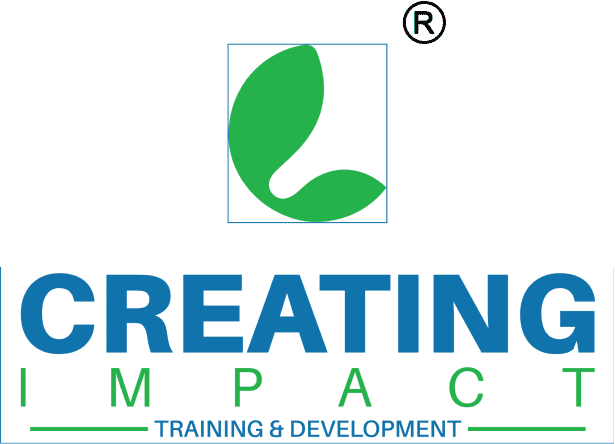
How to Build a Learning Culture in your Organisation
Establish Learning Communities Create formal and informal learning communities where employees can collaborate and share knowledge. These can be in the form of:
- Interest Groups: Groups focused on specific topics or skills where employees can meet regularly to discuss and learn from each other.
- Mentorship Programs: Pair less experienced employees with seasoned professionals to facilitate knowledge transfer and personal growth.
- Online Forums and Chat Groups: Use platforms like Slack, Microsoft Teams, or dedicated intranets to foster discussions and share resources.
2. Incentivize Learning and Development: Implement a rewards system to motivate employees to engage in continuous learning. This can include:
- Learning Credits or Points: Earn points for completing courses, which can be redeemed for rewards such as gift cards, extra vacation days, or professional development opportunities.
- Recognition Programs: Publicly recognize and celebrate employees who demonstrate commitment to learning, such as “Learner of the Month” awards or showcasing success stories in company newsletters.
- Career Advancement Opportunities: Link learning achievements to career progression, offering promotions or role enhancements to employees who complete key training programs.
3. Provide Access to Learning Resources Ensure that employees have easy access to a variety of learning materials and opportunities. This can be done by:
- Curated Learning Portals: Develop an internal portal with a curated library of courses, webinars, articles, and books relevant to various roles and interests.
- Partnerships with Educational Platforms: Offer subscriptions or discounted access to platforms like LinkedIn Learning, Coursera, or Udemy.
- Internal Workshops and Seminars: Regularly organize in-house training sessions led by internal experts or external professionals.
4. Embed Learning in Performance Reviews Make learning and development a key component of performance management. This involves:
- Personal Development Plans (PDPs): Work with employees to create personalized development plans that outline learning goals and the steps to achieve them.
- Regular Check-ins: Include discussions about learning progress and future goals in regular performance reviews and one-on-one meetings.
- Learning Metrics in KPIs: Incorporate learning objectives and achievements into key performance indicators (KPIs) to ensure that professional development is a measurable part of an employee’s job performance.
By implementing these practical steps, you can promote a culture of continuous learning that encourages employees to engage in professional development and knowledge sharing, ultimately driving organizational growth and innovation.
The author is the director of Creating Impact Training & Development & Splinter Learning solutions. She can be reached at Mariam@Creatingimpact.in/ Hello@FreelanceTrainings.com

